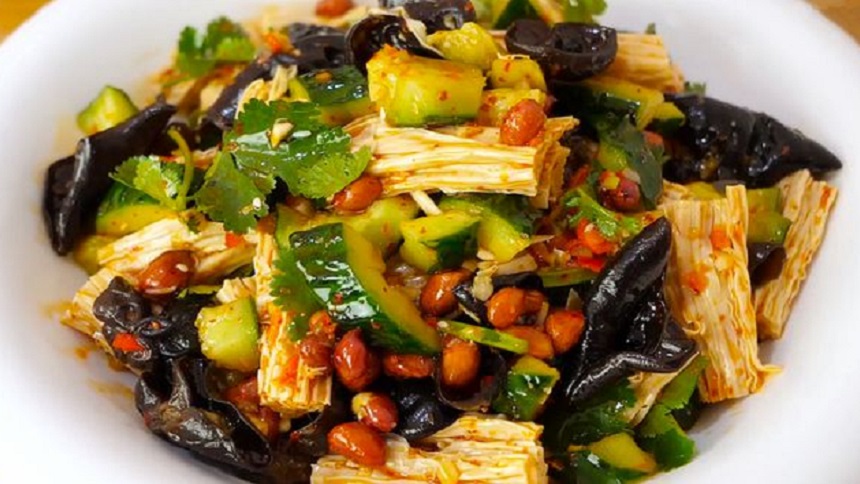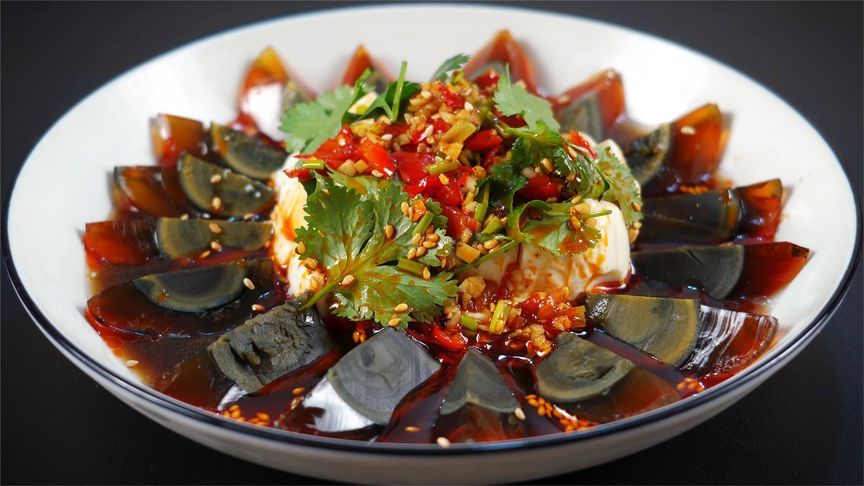With over a decade of culinary exploration, I’ve embraced simplicity in cooking, focusing on subtraction. I’ve refined the traditional braising of beef shank to its essence, enhancing the aroma, especially after cooling and slicing, revealing a glossy finish.
The classic companion to beef dishes is a bowl of beef noodle soup. Just boil some greens in plain water, ladle a couple of spoonfuls of beef broth, and arrange a layer of beef slices. This beef noodle dish may become a lasting memory.

This method is entirely suitable for commercial bulk production, rejecting prolonged soaking and avoiding the use of a pressure cooker. A regular stewing pot is sufficient to maintain a dry, firm, and evenly flavored meat. Suitable for both home cooking and mass production for sale, with a little practice expansion, it’s enough to support a small braised food shop.
Important Tips:
- For the best braised beef, use “beef shank from the front leg.” This part has the ideal texture – neither too tough nor too tender. If unavailable, you can use sirloin, front leg, brisket, or chest, maintaining a balance of tenderness and structure.
- Freshly sold beef is preferred. If using frozen meat, only open the packaging after it’s completely thawed.
- A normal-sized beef shank weighs around 1 kg. Thus, my recipe is based on this size. It’s not recommended to split pieces smaller than 2 kg. Smaller pieces result in more water loss during braising.
- Regarding salt quantity, I’ve mentioned 50g, but in practice, I cover the entire meat piece to determine the amount. No need to worry about excessive salt; it won’t make the dish too salty. During the boiling process, salt will be dissolved again.
- Various spices in the recipe are optional. Include them if available, but don’t worry if you don’t have them. Whether these spices are present or not makes only a 5% difference in flavor.
- To adjust the final saltiness, taste the broth around the 50-minute mark. If it’s too salty, add water; if not salty enough, add light soy sauce for both flavor and color.
- For the preservation of “old braising broth,” remove foam and fat while the broth is still warm, filter it, and store it in a clean container. Seal it and put it directly in the refrigerator (0-5°C) while still warm. After about ten days, take it out for use. If stored for an extended period, freezing is recommended.
- When using the old broth, heat it to a boil and check for any off-putting smells or tastes. If in doubt, it’s better to discard it. Improperly stored old broth loses its value.
- Regardless of the size of the meat piece, as long as the marination step is done well, the braising process only requires about 100 minutes. At this point, a chopstick should easily pierce through, indicating it’s fully cooked. Quickly remove it for cooling.
These are summaries of frequently asked questions and details from the comment section and homework submissions. I encourage skeptics to give it a try, as practitioners have already tasted the abundance of deliciousness.









